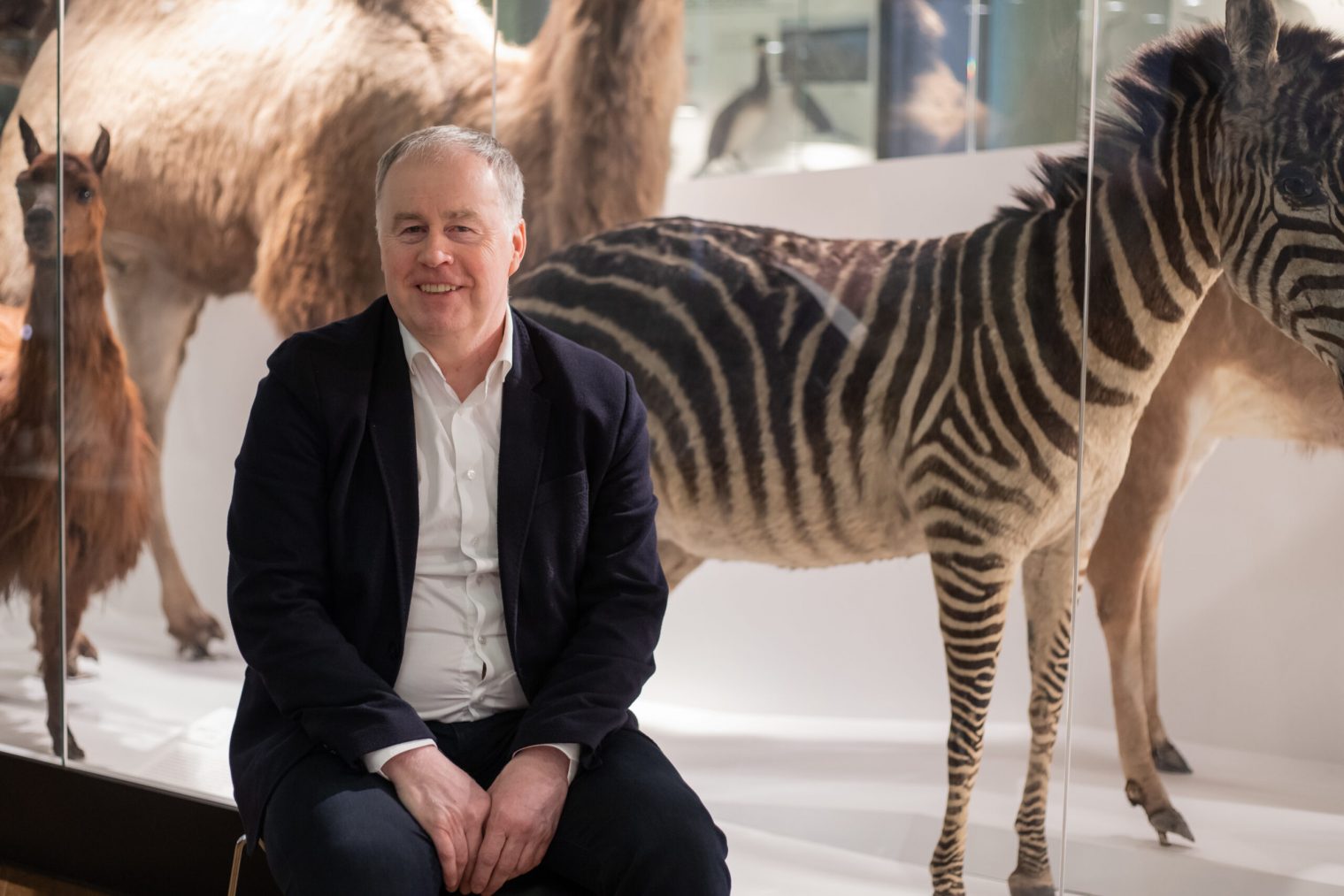Breadcrumb
Lecture “Species Stock Market” by Prof Urmas Kõljalg
Lecture “Species Stock Market” by Prof Urmas Kõljalg
director of University of Tartu Natural History Museum and Botanical Garden
—
EAA Muhu Art Residency
25.07.2022 at 18.00
https://www.ai-res.org/single-post/liikide-aktsiaturg-prof-urmas-k%C3%B…
European researchers have come up with a system to help determine the value of a species — and how human activities affect biodiversity.
They call it a “species stock market” — a concept that works much like the regular stock market, but with animals instead of money.
The idea, described in a paper in Research Ideas and Outcomes, isn’t about owning or trading animals, however. Rather, the concept allows researchers to assign value to different species, then determine how human activities affect them.
For example, they could assign a high “stock price” to a species such as bees, which have been referred to as the most important living beings on Earth. The price of bees would then fluctuate as humans make “purchases” based on their activities.
Pesticide use, activities that contribute to global warming and habitat degradation would be construed as “selling,” creating a conceptual invoice humans would need to pay to offset the effects of their activity. Actions taken to protect species and foster biodiversity would be construed as “buying.”
The proposed system could help humans clearly see their effects on animal species and point to ways to build biodiversity protection into their plans. “Goodwill actions will become increasingly difficult to dodge and dismiss,” says Urmas Kõljalg, a professor at the University of Tartu in Estonia and the study’s lead author, in a news release.
Biodiversity is in decline worldwide, with a rapid fall in the abundance of native species and threats to a wide variety of animals. A 2019 United Nations report found that 1 million plant and animal species could go extinct within decades, and that at least 680 vertebrate species were driven to extinction since the 16th century.
The idea is ambitious and involves making “digital species” using DNA information and knowledge about animals’ traits, distribution and other factors. It’s complicated, but researchers say it is worth putting into place.
Urmas Kõljalg: “We argue that the most realistic and tangible way out of the looming biodiversity crisis is to put a price tag on species and thereby a cost to actions that compromise them,”
https://www.washingtonpost.com/science/2022/06/25/animal-stock-market/
https://riojournal.com/article/86741/
Photo: Reti Kokk
